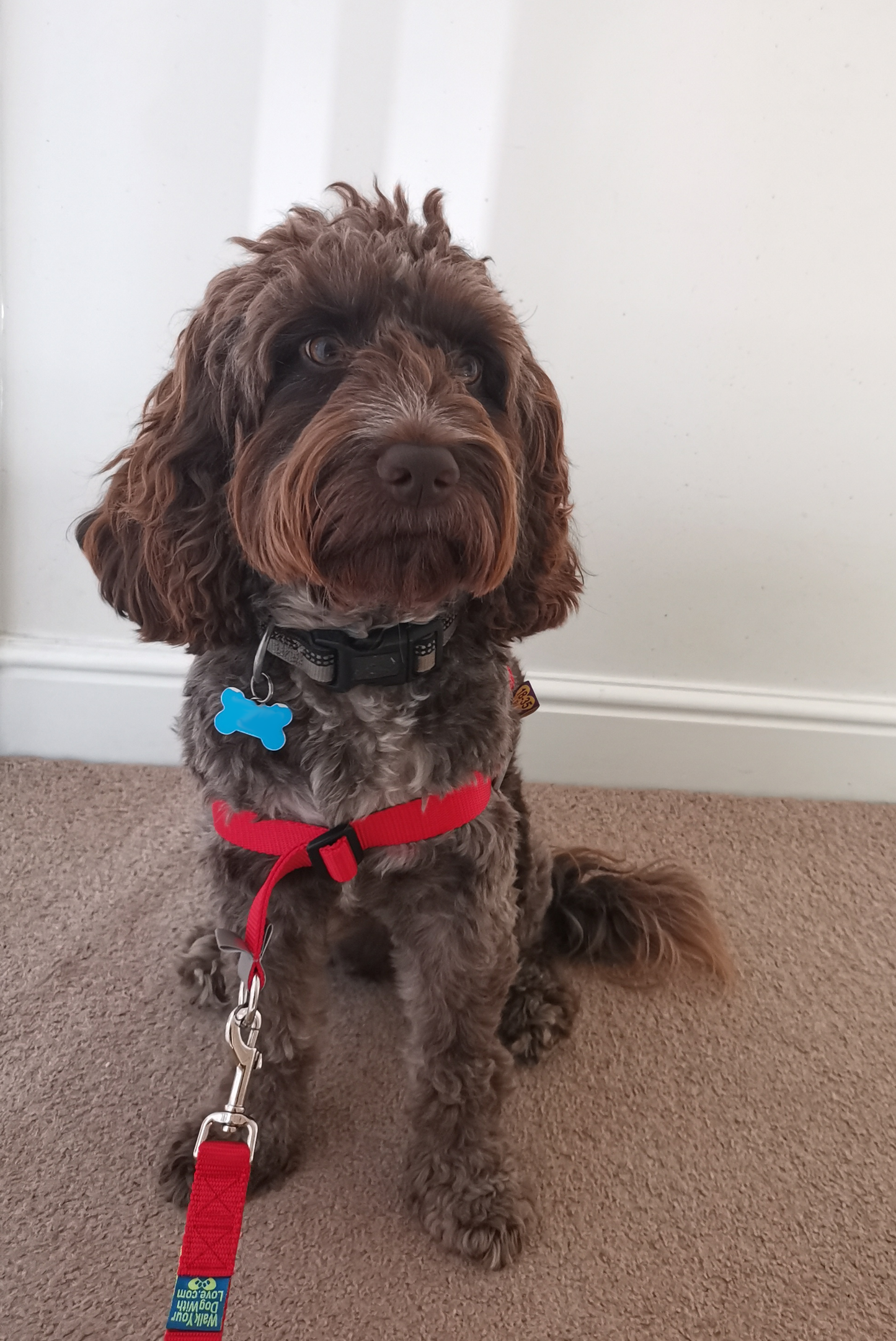Dog training is a rewarding journey that strengthens the bond between you and your canine companion while instilling good behavior and obedience. However, as a dog owner, it's essential to approach training with the right techniques and a positive mindset to ensure effective and successful results. In this blog article, we'll explore the do's and don'ts of dog training, helping you avoid common mistakes and create a positive and enriching training experience for your furry friend.
The Do's of Dog Training
-
Do Use Positive Reinforcement: Reward your dog with treats, praise, and affection when they exhibit desired behaviors. Positive reinforcement helps reinforce good behavior and encourages your dog to repeat these actions.
-
Do Be Consistent: Consistency is key in dog training. Use the same commands, cues, and reward system throughout training sessions, and ensure everyone in the household follows the same training approach.
-
Do Keep Training Sessions Short and Fun: Dogs have short attention spans, so keep training sessions brief and engaging. End on a positive note and incorporate play and bonding time during and after training.
-
Do Exercise Patience: Dogs may take time to understand and respond to commands. Be patient, avoid punishment, and celebrate even small victories to build your dog's confidence.
-
Do Socialize Your Dog: Expose your dog to various environments, people, and other dogs to promote socialization and build their confidence. This will help prevent fear and anxiety issues later on.
The Don'ts of Dog Training
-
Don't Use Punishment: Punishment-based training can lead to fear and anxiety in dogs and may result in aggressive behavior. Avoid physical or verbal punishment and opt for positive reinforcement instead.
-
Don't Overwhelm Your Dog: Avoid overwhelming your dog with complex commands or training too many behaviors at once. Focus on one skill at a time and gradually build upon them.
-
Don't Train When Frustrated: If you're feeling frustrated or stressed, it's best to postpone training sessions. Your emotions can affect your dog's responsiveness, and it's crucial to maintain a calm and positive atmosphere during training.
-
Don't Ignore Unwanted Behaviors: Ignoring unwanted behaviors can lead to reinforcement, making them more challenging to correct later. Address undesired actions promptly and redirect your dog's attention to positive behaviors.
-
Don't Neglect Mental and Physical Exercise: Mental and physical exercise is essential for a balanced and well-behaved dog. Provide regular opportunities for your dog to play, explore, and engage in stimulating activities.
Conclusion
Dog training is a journey of patience, understanding, and love. By following the do's and don'ts of dog training, you can build a strong foundation for a well-behaved and happy canine companion. Embrace positive reinforcement, consistency, and patience to create a positive and rewarding training experience for both you and your furry friend.
Remember, every dog is unique, and training methods may need to be tailored to suit their personality and learning style. Stay attuned to your dog's needs, celebrate their progress, and be forgiving of setbacks. A well-trained dog is a reflection of a dedicated and caring owner, so invest time and effort in your training efforts, and you'll be rewarded with a loyal and well-behaved companion for life.










